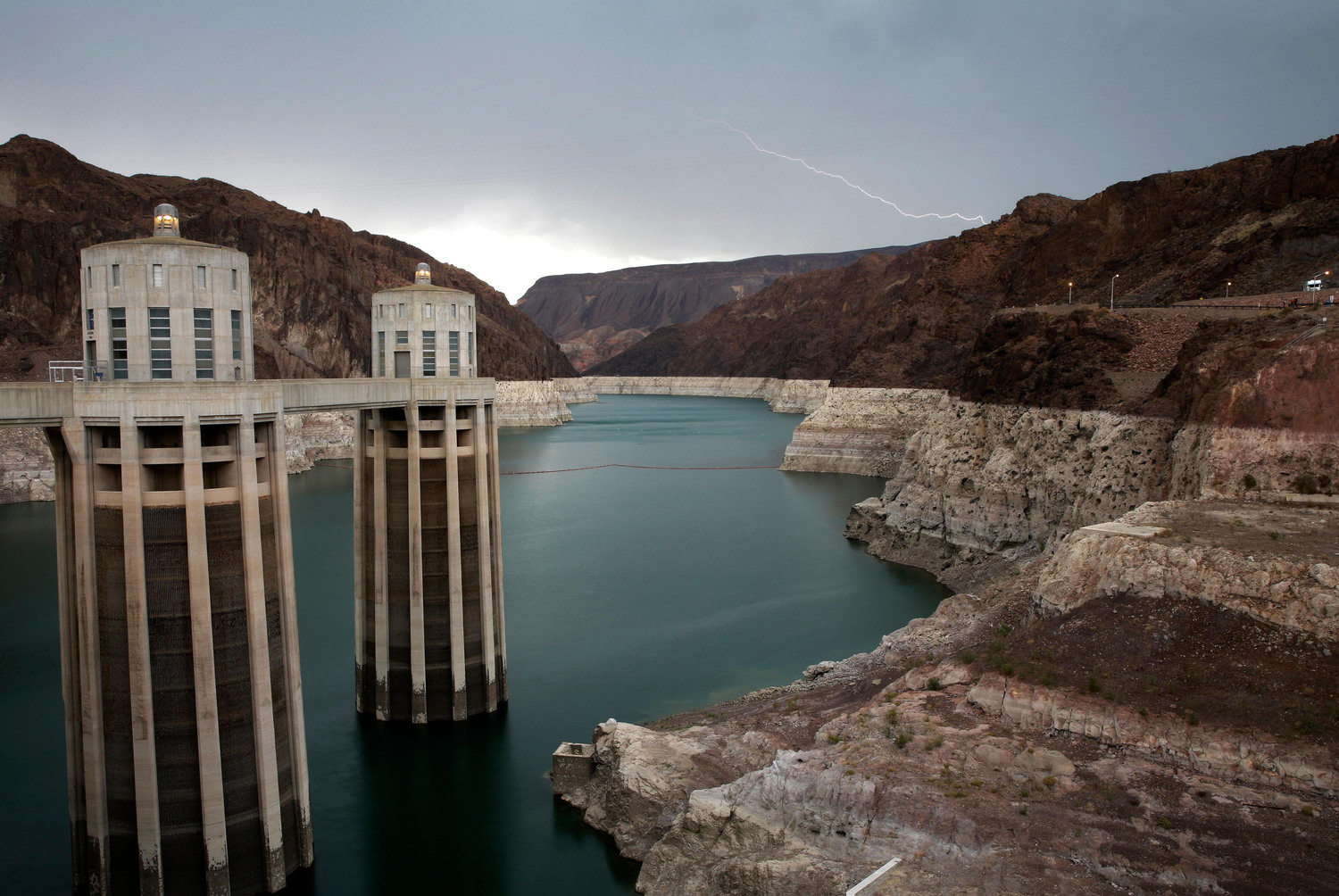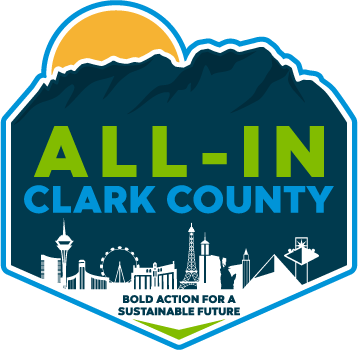
Hoover Dam, photo credit Felton Davis
Climate Change in Clark County
Over the last several years, Southern Nevada has experienced significant changes in its climate. Increases in high heat days, extreme precipitation events, wildfires, high winds, and mega drought conditions are impacting the health, economy, and safety of the region. These impacts coupled with a lingering global pandemic, a high rate of underemployment, and growing housing affordability challenges have only reinforced the need for the Southern Nevada community to come together to enhance overall sustainability.
What is Causing Climate Change?
Why is Our Climate Changing?
Science has shown that there is an indisputable link between human activity and the changes in the climate. When fossil fuels like coal, natural gas and gasoline are burned to power homes, businesses and vehicles—and when waste is buried in a landfill—greenhouse gas (GHG) emissions are released into the atmosphere.
These emissions —primarily carbon dioxide (CO2), methane (CH4), and nitrous oxide (N2O)—create a thick “blanket” in the atmosphere, trapping heat and leading to disruptions in the Earth’s climate. These disruptions lead to changes in temperature and precipitation, resulting in the extreme weather events already experienced around the globe and Southern Nevada.
How Climate Change Impacts Us
What Are the Hazards?
In Clark County, increasing GHG emissions yield two major changes in the climate: higher temperatures and more extreme (in both directions) precipitation events. Although Clark County experiences a variety of hazards (including extreme winds), there are four main hazards currently linked to climate change that are already affecting the County: extreme heat, wildfires, flash flooding, and drought. In turn, these hazards can negatively impact public health, infrastructure, and quality of life.
Climate change is a threat multiplier, which means that it will directly and indirectly impact people, infrastructure, natural systems, and the economy in important and compounding ways. As climate hazards increase in frequency and intensity, communities may have less time to recover between them. It is also more likely that multiple hazards will impact communities at once. For example, a wildfire during a drought would result in compounding risks to human health and safety.
How Climate Change Impacts Us
Adapting to a New Reality
Identifying the systems in Clark County that could be most impacted by the worsening impacts of climate change is the first step towards addressing vulnerabilities. In 2022, the County developed a Climate Vulnerability Assessment (CVA) tool that identifies the highest priority climate actions that will reduce emissions and increase resilience for our communities.
Interested in how you can use the CVA? Read the audience-specific factsheets below.
Business | Organizations and Advocates | Residents | Policymakers
What Can We Do About Climate Change?
We're All-In On Solutions
Clark County has created "pathways" to achieve bold emissions reductions both within local government operations and in the broader community. Through two planning processes and related assessments and analysis, the County conducted a GHG Pathways Analysis to identify a portfolio of strategies that are most likely to reduce emissions to near zero by 2050. Both the All-In Community Plan and the All-In County Operations Plan focus on emissions reduction targets in the short-term, between now and 2030, to ensure that we stay on track to achieve our 2050 targets in the long-term.
